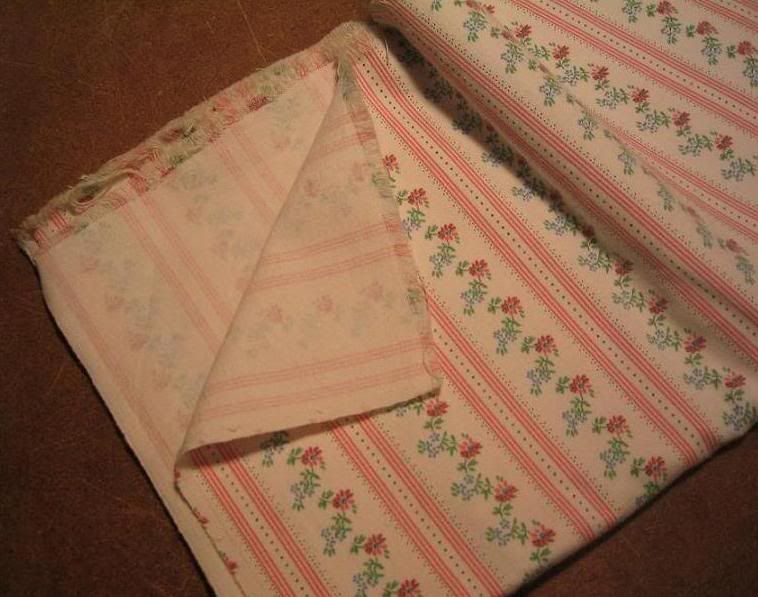Just about one month ago I started a thread asking what the twist of an older Thompson Center Pennsylvania Hunter was. I had just shot the rifle for the first time and was very dissapointed by the awful group I got.
I got the information I needed about the rate of twist and lots of good information about what I could do to imporve the accuracy of the rifle. Well I would like to thank all of those that made suggestions. I'd also like to thank the guys from the Builders Bench for the suggestions they made.
I've been doing some shooting over the past month, trying new patches, lubes, powder charges, and powder. I've noticed a slow improvement in the group size. As someone said, it had gone from a pattern to a group.

This morning I got a chance to run out to the range before the sun got up. I was pleasantly surprised at the first three shot group,off the bench, at 50 yards. I haven't been trying to sight her in. I've just been going for a group. It didn't take that ol' Texas sun long to get hot this morning. I'll do more work on sighting her in next time out.

Hello folks this is a reply from John Hinnant, as he cannot post pictures yet... ::
John Hinnant wrote...
" Greetings Ironwood and all:
I recently commented about the weave of your patching material being too course ... IMHO. Here is a picture of my favorite patch material, that I have commented about in other postings. It is 100% cotton, of a type known as Egyptian cotton.
Notice the tight weave, and after hot water washing, and drying on a high heat ... it measures .018 in thickness. This material has worked well for me in a variety of different barrels for thirty plus years. All of my barrels have been rifled for patched round ball, with grooves running 10-12 thousands deep, and various grooves width.
With this one material it has been neccessary only to find the right ball diameter. The majority of my barrels are 50 cal. And depending on the barrel, ball sizes of .495, .498, and .500 produce match grade accuracy. This patch material is even the choice for my .58 cal bench rifle.
Regretfully this material is no longer available in my San Antonio, Texas area. I think if you can find it, and try it .. you will be as pleased with it as I am.
I am of the opinion that within reason, it is more important to properly select patch material, and then, select the appropiate ball size to this material, than the other way around.
Since I know this question will be asked, I will answer it now ... my number one preferred lube material is Teflon, the patch material is sent to Jerrys Archery Shop, and they apply the Teflon for me. Jerrys requires the material to be washed, dryed and cut to specified yard length.
Note: the material will shrink when washed and dryed ... so cut to 38 inches initally to compensate for shrinkage.
My second and third lube choices are Young Country 103, and OxYoke Wonder Lube. Since I cut my patches at the muzzle, after washing and drying the material, it is cut into 36 inch long strips, cut along the blue dots seen in the photo of the material, lube is then applied to the strip, and is then rolled tightly, and placed in an air-tite container to be used later.
Of special note: I place the container of patch material in the car to capture the trapped heat to help melt the lube and evenly distribute it throughout the material. Since this material is in an air-tite container, there is minimal loss of patch moisture. And South Texas IS known for its nice warm days!
Hope this information will prove helpful ...
And thank you Davy for posting this.
Best Regards
John L. Hinnant"
:results:
 This morning I got a chance to run out to the range before the sun got up. I was pleasantly surprised at the first three shot group,off the bench, at 50 yards. I haven't been trying to sight her in. I've just been going for a group. It didn't take that ol' Texas sun long to get hot this morning. I'll do more work on sighting her in next time out.
This morning I got a chance to run out to the range before the sun got up. I was pleasantly surprised at the first three shot group,off the bench, at 50 yards. I haven't been trying to sight her in. I've just been going for a group. It didn't take that ol' Texas sun long to get hot this morning. I'll do more work on sighting her in next time out.








